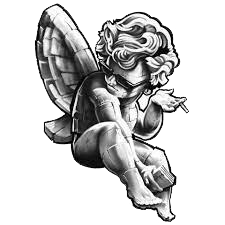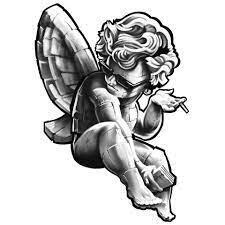The New York Times, February 1, 2002
Amid the Ashes, Creativity
By Holland Cotter
Memory, history and the news change fast. So does New York City, where life is more or less back on track after Sept.11. Streets are crowded; subways are running. New Yorkers are doing their thing: moving on, making plans, going about their business the way people do.
Art is doing its thing, too, but more hesitantly and slowly. The destruction of the twin towers generated tumultuous cross-currents of action and confusion. Some artists were stopped in their tracks, paralyzed by the loss. Others turned out rapid-fire, quick-reaction work, as if to control psychological damage.
Obviously, it will take a long time for that immense event to soak into the cultural fabric: to turn from news into memory, and then – who knows how, or even if? – into art with some chance of performance. In the meantime, though, art does keep happening every day, and responses to Sept. 11 are already growing more resolved and complicated.
As the collective memorial shrines that dotted the city in the fall have come down, expertly painted commemorative murals have gone up. Ad hoc, open-submission gallery shows are being supplemented by others more polished and selective. A scholarly exhibition on the World Trade Center opens at an uptown museum next week. And a gathering of architectural proposals – perverse, utopian, poetic – for a new World Trade Center is drawing crowds in Chelsea.
All of this activity is part of what might be called post-9/11 culture, phase 2. Grief and flags are there. But so are other things: historical reverie, self-examination, an evaluative and often critical look at current politics at home and abroad. The passage of a few months has brought a restored sense of balance, but seeing a certain image at a certain time can take you straight back to that bright morning in September with the force of a body blow.
To recapture some sense of the civic emotion in the air at that time, check out some of the public art that emerged from it in the form of outdoor murals. There are dozens of them around the city, but a particularly vivid example can be found on a blocklong wall facing the Long Island Expressway in Sunnyside, Queens.The piece is primarily the work of three artists, who go by the tags Erni, Smith and Lady Pink. Lady Pink (Sandra Fabara) was a pioneering figure among the so-called graffiti artists of the later 1970’s.
She later turned to painting on canvas, but her signature image of a large-eyed, exotically beautiful woman’s face remained consistent, whatever the medium. It appears on the Queens mural as a kind of blue-skinned deity guarding four firemen as they plant an American flag in a smoking ground zero. Graphically bold, the piece was done in October and distills the heroicizing mood of the time. <…>


